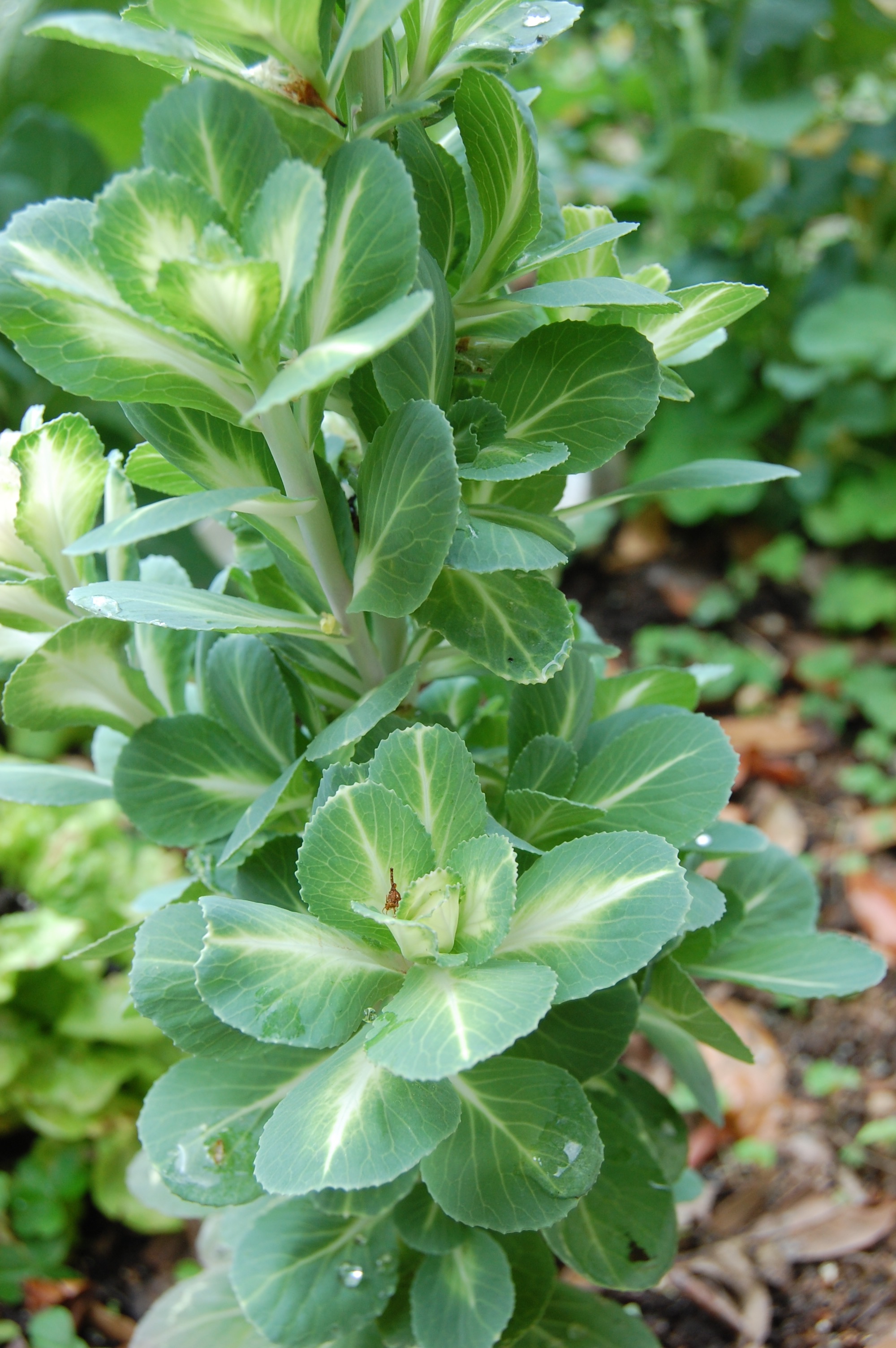Making Sauerkraut
A foundational recipe to make your own
Today, I’m working on a lil’ zine submission for my friends at, as well as a chapter for another friend’s fermentation book. And I’m noticing where gaps exist in the very basic, foundational recipes I have in my own newsletter.
Like sauerkraut, which I talk about in terms of making pomegranate sauerkraut (one of my favorites!) and color-changing flowerkraut (another favorite!) BUT which I don’t just have a foundational, no-frills-added version for, at least not in the newsletter.
So if that’s what you’re seeking, this is the post for you:
This is the recipe I share in my fermentation books and in classes like Preserving Abundance, and utilizes jars rather than a large crock in order to work in small spaces. Add any spices, fruit/veg/etc you wish: You’re only limited by your imagination.
I also have a handout with fermentation tips and this recipe available for free on my website.
Sauerkraut: Foundational Recipe
Makes ~2 pints
1 head cabbage, outer leaves removed and reserved
1-2 tbsp salt (I use fine sea salt)
Any herbs, spices, etc. you might want.
-Shred your cabbage, and combine with salt and with seasonings, if using, in a mixing bowl. Toss together until combined.
-Massage the salt into the cabbage until liquid streams from the cabbage when squeezed: about 5-10 minutes. You can also toss the cabbage with the salt and let it sit for about half an hour before massaging to reduce this time a bit.
-Pack your mixture into pint jars, leaving about an inch of headspace between the cabbage and the rim, pressing to ensure cabbage is completely covered by brine.
-Fold your outer leaves up like little envelopes, and tuck them on the top of each jar to keep the cabbage in place.
-Seal lids and set out of direct sunlight (tip: set these on a plate or tray you don't mind staining, in case the vibrant red liquid leaks out).
-The following day, check and see if your jars need any more brine now that the cabbage is just starting to soften: Top off with room temperature brine, if so.
-Check daily to ensure cabbage stays under the brine, tasting after 7-10 days, and let it ferment until it has a flavor you enjoy.
-Store in the fridge (or on the counter, where it will continue fermenting).
